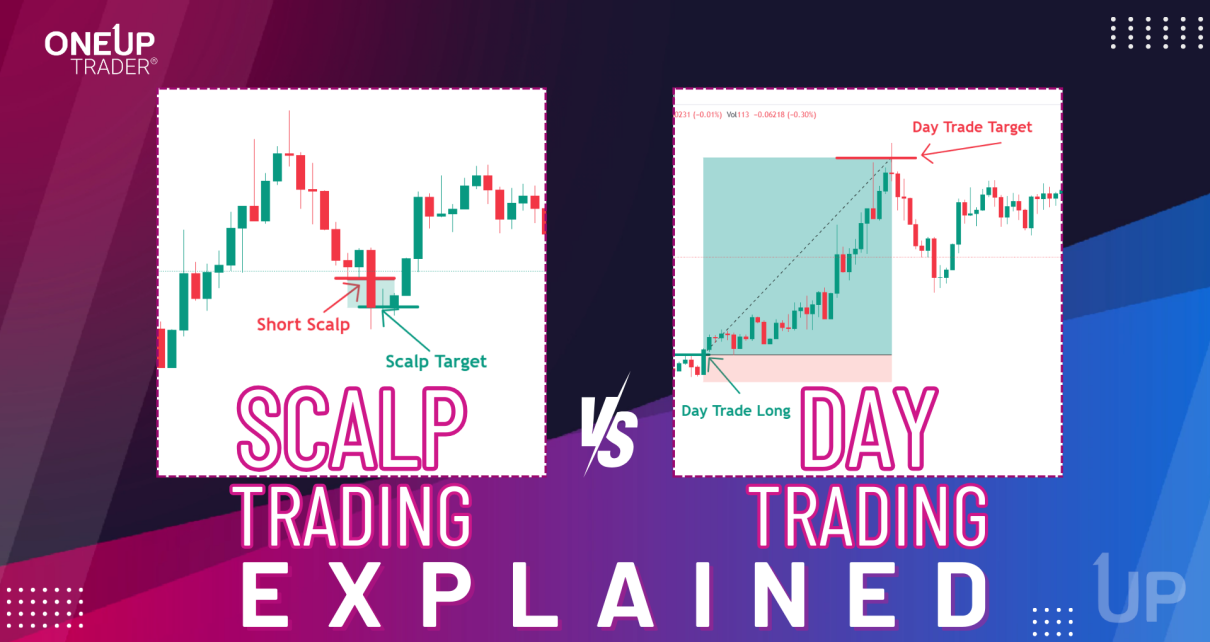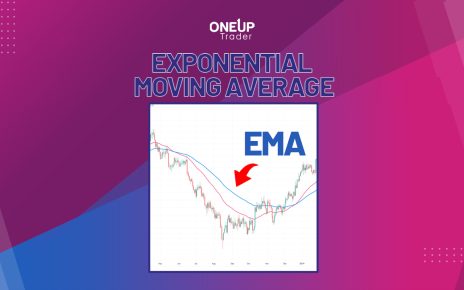Introduction to Scalp Trading and Day Trading
Scalp trading and day trading are two prominent trading strategies with very distinct approaches. Scalp trading involves making many trades in a single day to capture small price movements. It requires close market monitoring and high precision. Day trading refers to buying and selling financial instruments within the same day to capitalize on larger market trends.
The choice between scalp and day trading depends on factors like personality, available time, and risk tolerance. Scalp trading suits those who prefer high-frequency trading, while day trading appeals to those who analyze broader trends and take slightly longer positions.
This article compares scalp trading and day trading, examining their strategies, patterns, and differences. It aims to provide useful information whether you are new to trading or an experienced investor considering changing strategies. The goal is to help you make informed decisions in the fast-changing world of trading.
What Is Scalp Trading?
Scalp Trading Definition
Scalping, when used in reference to trading in securities, commodities, and foreign exchange refers to a legitimate method of arbitrage of small price gaps created by the bid–ask spread.
Scalp Trading Meaning
Scalp trading involves making many trades during a single day, aiming to profit from small price changes. Scalp traders have a disciplined mindset, not seeking large gains but small, consistent profits. They make numerous trades, sometimes hundreds a day, with each targeting small profits. The cumulative gains from these small wins can be substantial, but one loss can wipe out all the profits for that day.
Scalp Trading Strategies
Scalp traders rely heavily on technical analysis and indicators like moving averages, RSI, and Bollinger bands to identify trends and trade entry/exit points. They also use Level 2 platforms for real-time market data and insights. Heavily lagging indicators like high period moving averages are normally not the best indicators for scalp trading compared to quick-moving oscillators and predictive indicators.
There are various strategies scalpers use to identify trades, including:
Spread Scalping
Spread scalping aims to profit from the natural bid-ask spread in security prices. The bid price is the highest price a buyer is willing to pay, while the ask price is the lowest price a seller will accept. There is always a difference between the two, called the spread.
Scalpers can exploit this spread by placing buy and sell orders in quick succession to lock in the spread as profit. Here is how it works:
- Identify a security with a tight bid-ask spread. Stocks and futures with high liquidity tend to have tighter spreads. (Day trading futures are popular for this very reason)
- Place a buy order at the bid price to purchase the security.
- Once the order fills, immediately place a sell order at the ask price to close the position.
- The difference between the bid-ask prices is retained as profit minus any transaction fees.
- Repeat this process continuously throughout the trading session, accumulating profits from each small spread capture.
Stochastic Scalping
One of the most popular scalp trading indicators is the stochastic oscillator. The goal is to enter trades when the indicator signals the market is ready to reverse direction.
The stochastic oscillator measures momentum by comparing an asset’s closing price to its price range over a set time period. It generates two lines:
- %K line – shows the latest closing price relative to the range
- %D line – a 3-day moving average of the %K line
Traders look for crossover points where the %K line crosses above or below the %D line. A crossing below 20 indicates oversold conditions, while crossing above 80 signals overbought.
Stochastic scalping strategy:
- Identify crossover points on the stochastic that signal oversold or overbought.
- Enter a long position when the indicator bottoms and crosses above 20.
- Enter a short position when the indicator peaks and crosses below 80.
- Close the trade after a small gain as the price reverses direction.
- Repeat the process for additional profitable trades.
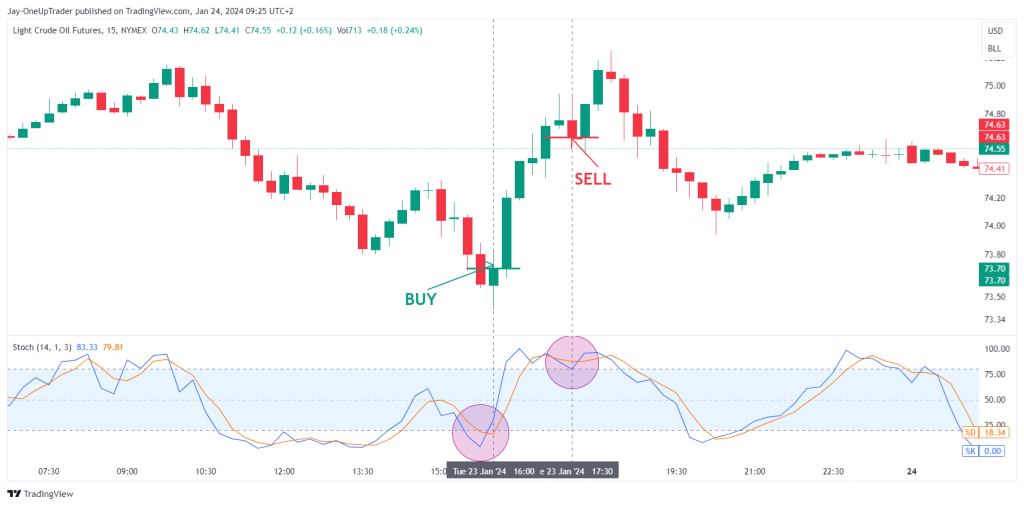
Range Scalping
Range scalping is a scalp trading strategy that aims to capitalize on the bounded price movement between support and resistance levels. The strategy involves buying at support and selling at resistance to pocket the range.
Key aspects:
- Identify markets trading sideways in a price range.
- Determine key support and resistance levels using technical analysis. Support is where demand increases and price stabilizes. Resistance is where supply increases and price encounters selling pressure.
- Buy when the market pulls back to support. Place stop loss below support.
- Sell when price approaches resistance. Place limit sell order slightly below resistance.
- Secure profits and re-enter on the next test of support.
- Repeat the process as price oscillates between range boundaries.
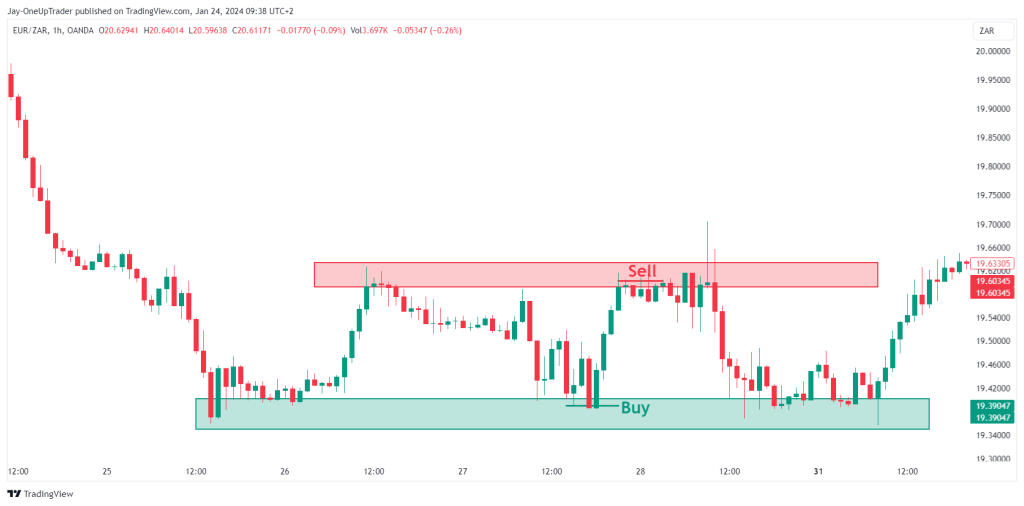
Advantages and Risks Associated with Scalp Trading
Reduced Risk Exposure
The extremely short holding periods of scalp trades, often just minutes, limits market exposure and reduces risk. By closing positions quickly, scalpers avoid being negatively impacted by sudden overnight gaps or intraday reversals in the broader market. Their core positions are not exposed to extended market swings.
This reduced risk exposure enables scalpers to withstand and recover from isolated losing trades. The quick exit strategy cuts losses fast before they can accumulate into significant drawdowns. Scalpers do not have to predict longer-term market direction accurately to be profitable.
Accumulating Small Gains
Each individual scalp trade may only generate a small profit. But conducting many trades per day allows gains to compound. For an active scalper, capturing just a few cents of profit on each trade can translate into substantial profits over weeks and months of consistent trading.
Transaction Costs
The high frequency of trading that comes with all scalp trading strategies inherently leads to more transaction costs in the form of spread costs and commissions. While individual costs per trade may be low, they accumulate over thousands of trades. This can noticeably erode profits if not properly accounted for.
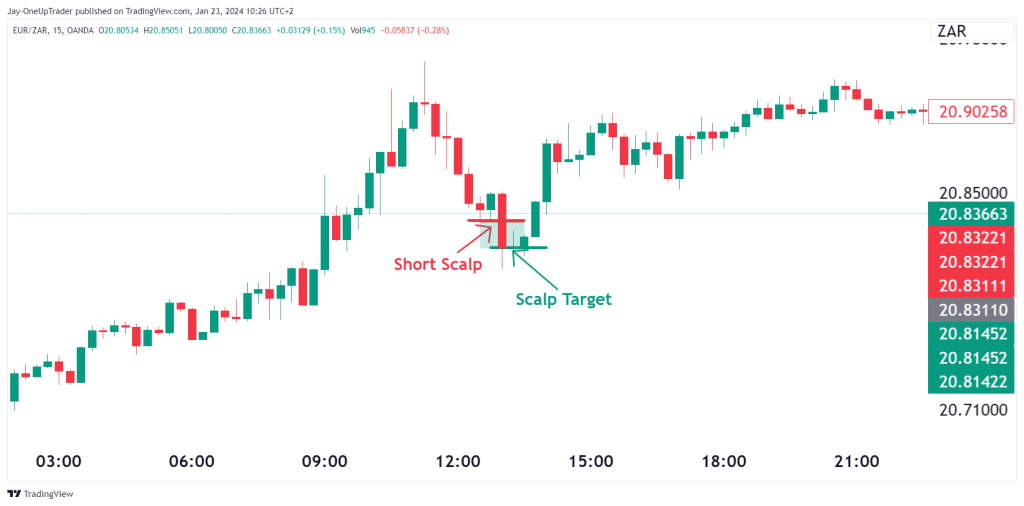
Day Trading Explored
Core Aspects of Day Trading
Day trading involves buying and selling financial instruments within the same trading day. Unlike minute-by-minute scalp trading, it aims to capitalize on substantial market movements over hours. Learning day trading effectively requires understanding market trends and responding quickly to fluctuations. Day traders often hold positions for several hours to benefit from larger shifts based on comprehensive analysis of market conditions.
Effective Day Trading Strategies and Patterns
Day traders use various strategies to maximize returns. ‘Trend following’ involves aligning trades with market trends. ‘Swing trading’ means holding positions over short to medium timeframes to capture significant price moves.
Technical analysis is crucial in day trading. Traders rely on chart patterns and indicators for informed decisions. Key patterns are ‘breakouts’ and ‘reversals’ signaling potential entry/exit points. Indicators like moving averages, RSI, and volume are integral.
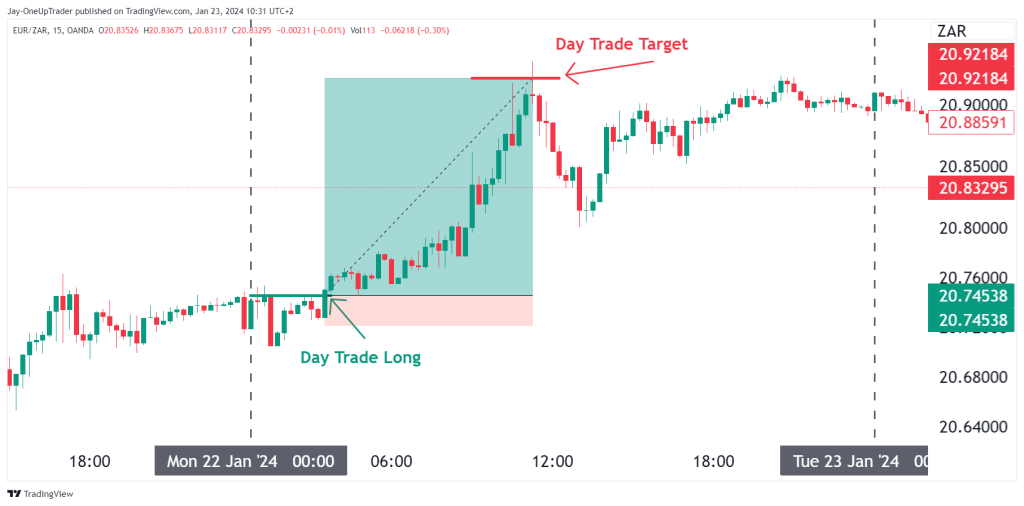
Scalp Trading vs Day Trading
Performance Comparison in Different Market Conditions
Scalp trading tends to be more effective in stable or moderately volatile markets. It relies on predictable small price changes and is less impacted by large market shifts. Day trading can be more profitable during high volatility as day traders capitalize on significant market movements that are more common then. Day trading charts are usually set up differently, with more of a focus on trading patterns like double tops, head and shoulders, and triangles. Chart patterns for day trading are like weather forecasts for sailors; they provide guidance and insight into future conditions. Scalpers generally focus more on indicators and price action to make their decisions.
Psychological and Time Commitment Differences
The psychology and time commitment differ. Scalp trading requires intense concentration and rapid decision-making as trades occur quickly throughout the day. This can be mentally exhausting and needs strict discipline.
Day trading allows more analysis and planning between trades. While still demanding, day traders spend time analyzing trends and planning trades, suiting those preferring a less frenetic pace.
Profitability and Risk Assessment
Both methods can be lucrative but have different risk profiles. Scalp trading’s high volume can accumulate profits from small gains. However, transaction costs and trade loss risks can limit profitability.
Day trading offers potential for larger gains but also significant losses if trades go against the trend. Day traders must also be aware of regulations like the ‘pattern day trader’ rule requiring minimum account balances if they day trade stocks. Trading stocks this way has implications on day trading taxes which is another reason why futures are a better choice for day trading. Futures contracts, which is what OneUp Trader offers, are not subject to the pattern day trading rule.
Scalper Withdraws $76,500 & Shares His Strategy
Cesar, a funded trader at OneUp Trader withdrew $76,500 within 40 days last year trading his scalp trading strategy. His simple approach is easy to understand and can be applied to everybody’s trading plan. Watch the full strategy breakdown interview here:
Conclusion: Choosing the Right Strategy for You
Choosing between scalp trading and day trading comes down to one’s trading philosophy, risk appetite, and time availability.
Scalp trading offers an adrenaline rush for those able to make split-second decisions and dedicate their full attention to the markets. It requires intense focus under pressure to capitalize on small, frequent gains. This style suits traders who crave constant action.
Day trading allows a more thoughtful, analytical approach. It better suits those who enjoy studying trends across hours or days and can accept the potential for larger gains or losses on each trade.
For beginners, a solid foundation in market analysis and risk management is key. Gaining an in-depth understanding of fundamentals, setting realistic profit goals, and exercising trading discipline are all essential.
Remember, no system or strategy will yield profits until you fully comprehend the importance of having a well-defined trading plan and risk management framework that you follow religiously. As the old saying goes, “Plan your trade and trade your plan.” Focus on continuous improvement, and the rewards of your efforts will follow. Most importantly, enjoy the journey!


